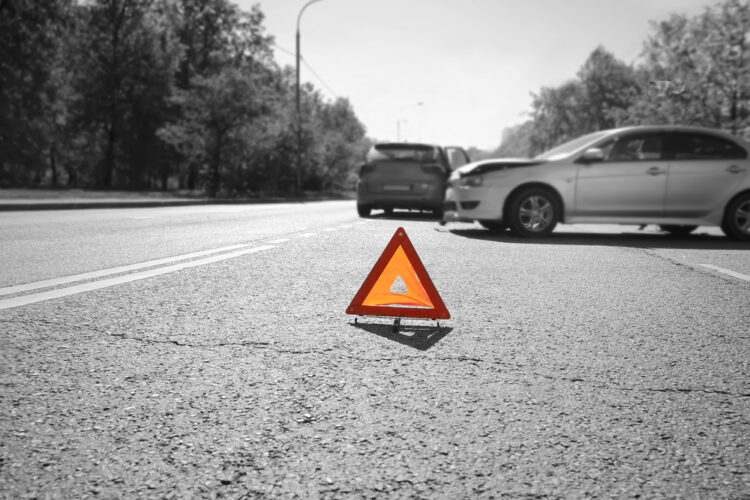June 20, 2023
Truck Accident Lawyer
Defensive driving is a crucial skill that every driver should possess to ensure road safety. By adopting a proactive approach and anticipating potential hazards, defensive drivers minimize the risk of accidents and protect themselves and others on the road. Our friends from SL Chapman Trial Lawyers have provided these ten essential tips for defensive driving to help you become a safer and more responsible driver.
Stay focused and eliminate distractions:
Maintain full concentration while driving and avoid distractions such as mobile phones, eating, or adjusting the radio. Keep your eyes on the road, hands on the steering wheel, and mind on driving, as distractions can significantly impair your reaction time and increase the likelihood of accidents.
Maintain a safe following distance:
Make sure to maintain a safe distance from the vehicle ahead to allow ample time to react to sudden stops or emergencies. The recommended following distance is three seconds, which provides you with enough space to maneuver safely if the car in front of you puts brakes abruptly.
Anticipate and observe potential hazards:
Develop the habit of scanning the road ahead and checking your mirrors frequently. By anticipating potential hazards like pedestrians, cyclists, or aggressive drivers, you can proactively take appropriate actions to avoid accidents.
Use your turn signals:
Signaling your intentions before making any turns or lane changes is essential for communicating with other drivers. Properly indicating your movements allows other road users to anticipate your actions, reducing the risk of collisions.
Obey traffic laws:
Respect and adhere to all traffic rules and regulations. Speed limits, stop signs, and traffic signals are in place for a reason—to maintain order and safety on the roads. By obeying these laws, you contribute to a harmonious traffic flow and minimize the chances of accidents.
Check blind spots:
It is essential to check your blind spots before changing lanes or merging. Utilize your mirrors effectively and perform quick head checks to ensure there are no vehicles or motorcycles in your blind spots. Failure to do so can result in dangerous collisions.
Be cautious at intersections:
Intersections are high-risk areas, so exercise extra caution when approaching them. Look both ways even if you have the right-of-way, as other drivers may run red lights or fail to yield. Keep an eye out for cyclists and pedestrians who might not be easily visible.
Avoid aggressive driving:
Control your emotions and avoid aggressive behaviors such as tailgating, excessive speeding, or weaving through traffic. As explained by an experienced truck accident lawyer – aggressive driving not only endangers yourself but also provokes other drivers, leading to potential accidents.
Adapt to weather conditions:
Adjust your driving style according to weather conditions. The roads can become slippery because of rain, fog, or snow, so make sure to drive slowly. Drive at a safe speed and maintain a greater distance from other vehicles, and use your headlights when necessary to improve visibility.
Practice patience and courtesy:
Patience and courtesy go a long way in preventing accidents. Treat other drivers with respect, yield when necessary, and avoid engaging in confrontations. Practicing patience helps maintain a calm and safe driving environment for everyone.
Defensive driving is an essential skill that helps prevent accidents and ensures the safety of all road users. By incorporating these ten essential tips into your driving habits, you can significantly reduce the risk of accidents and contribute to a safer driving environment. Remember, being proactive, focused, and respectful on the road can make a world of difference in preventing unnecessary collisions and protecting lives. Drive defensively and make safety your top priority.

